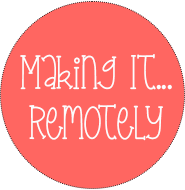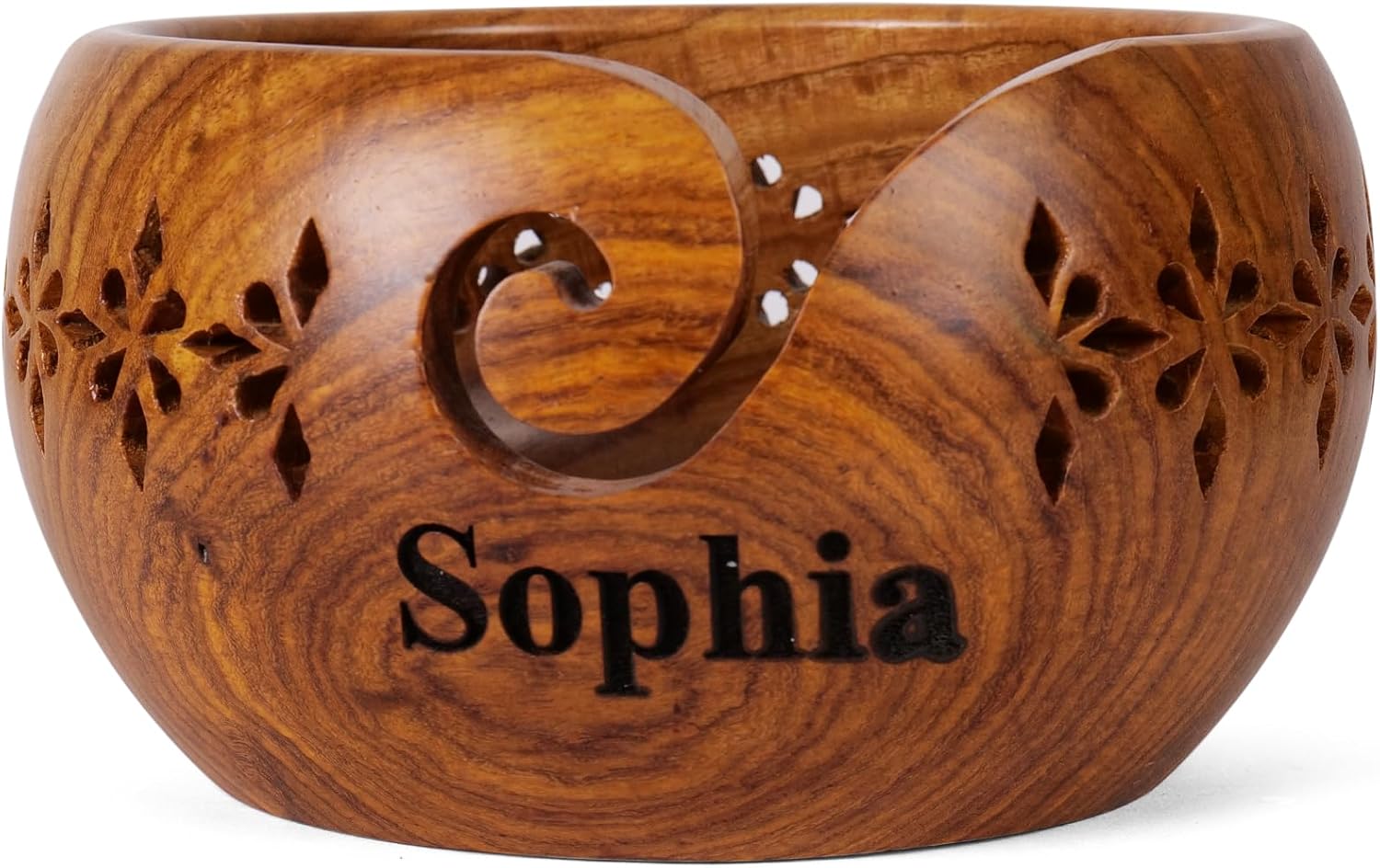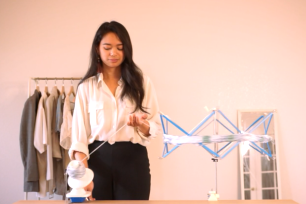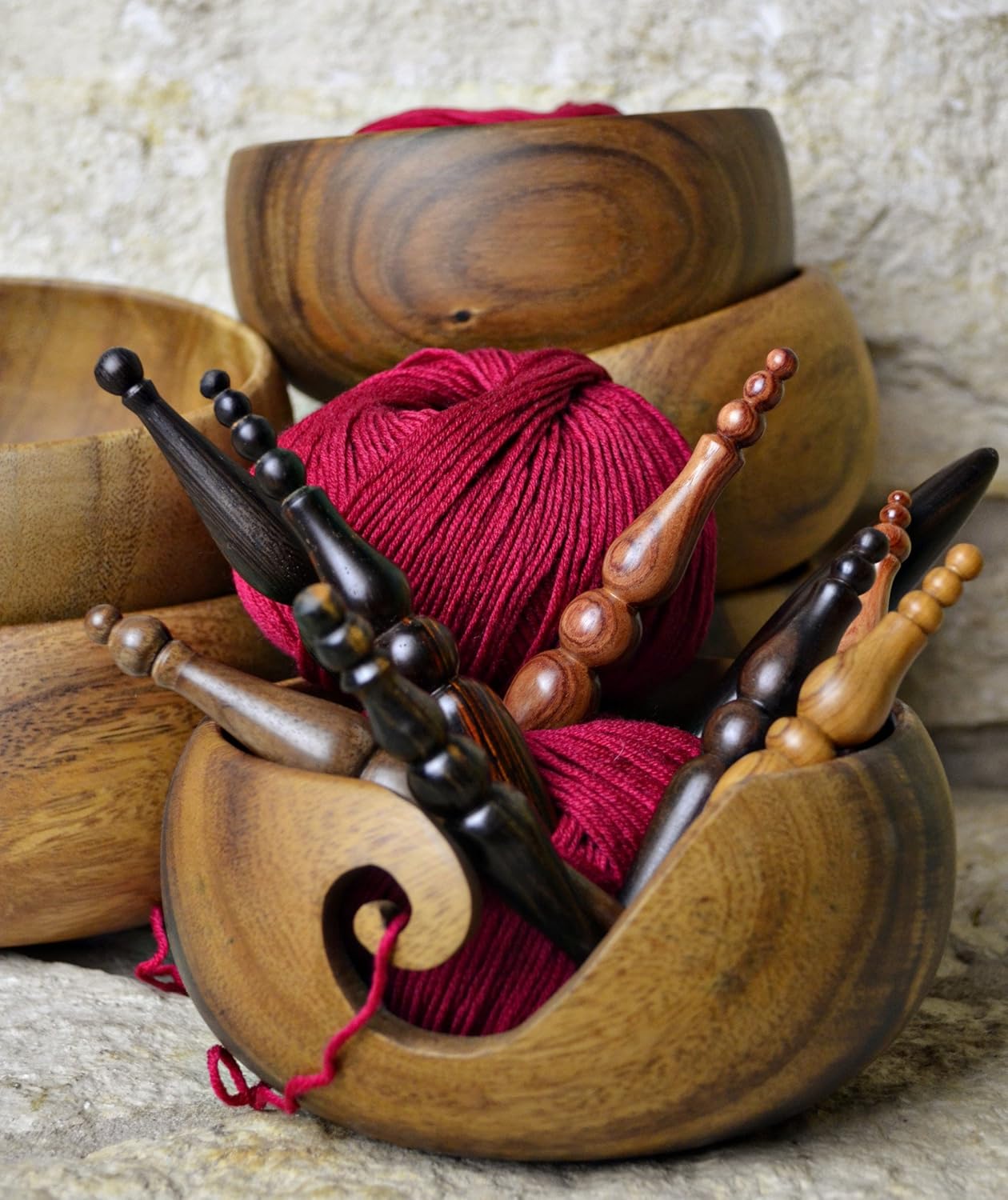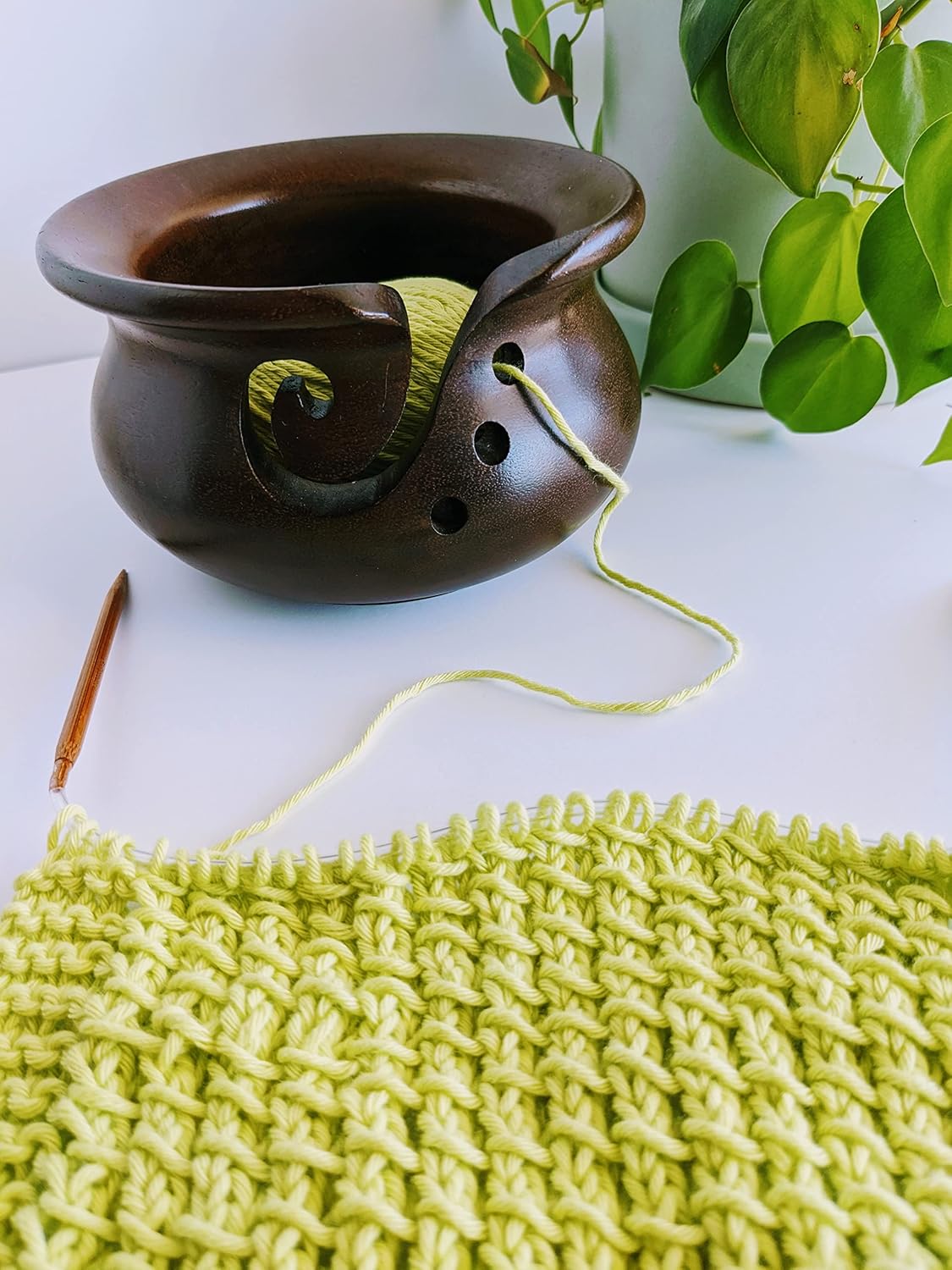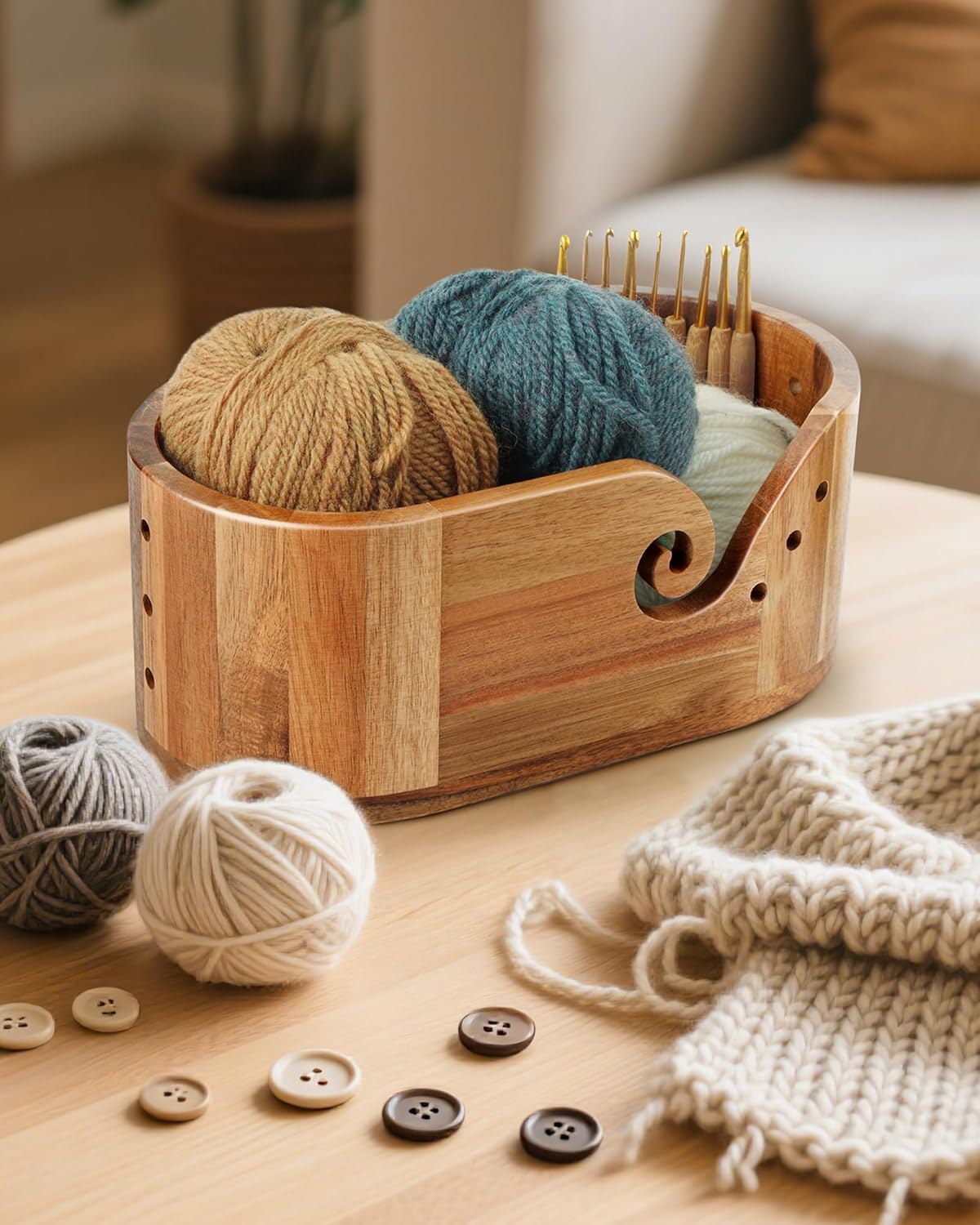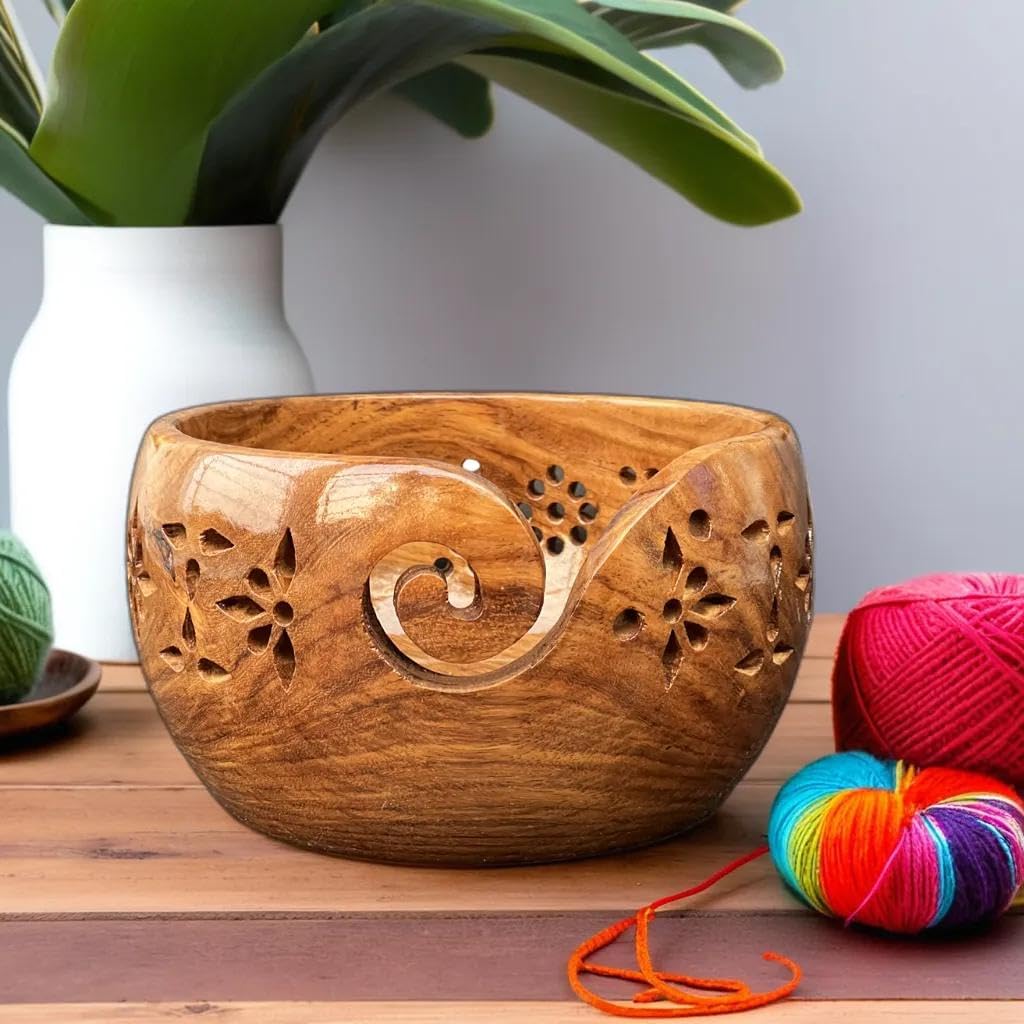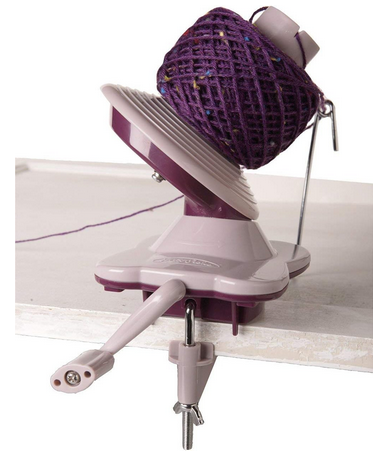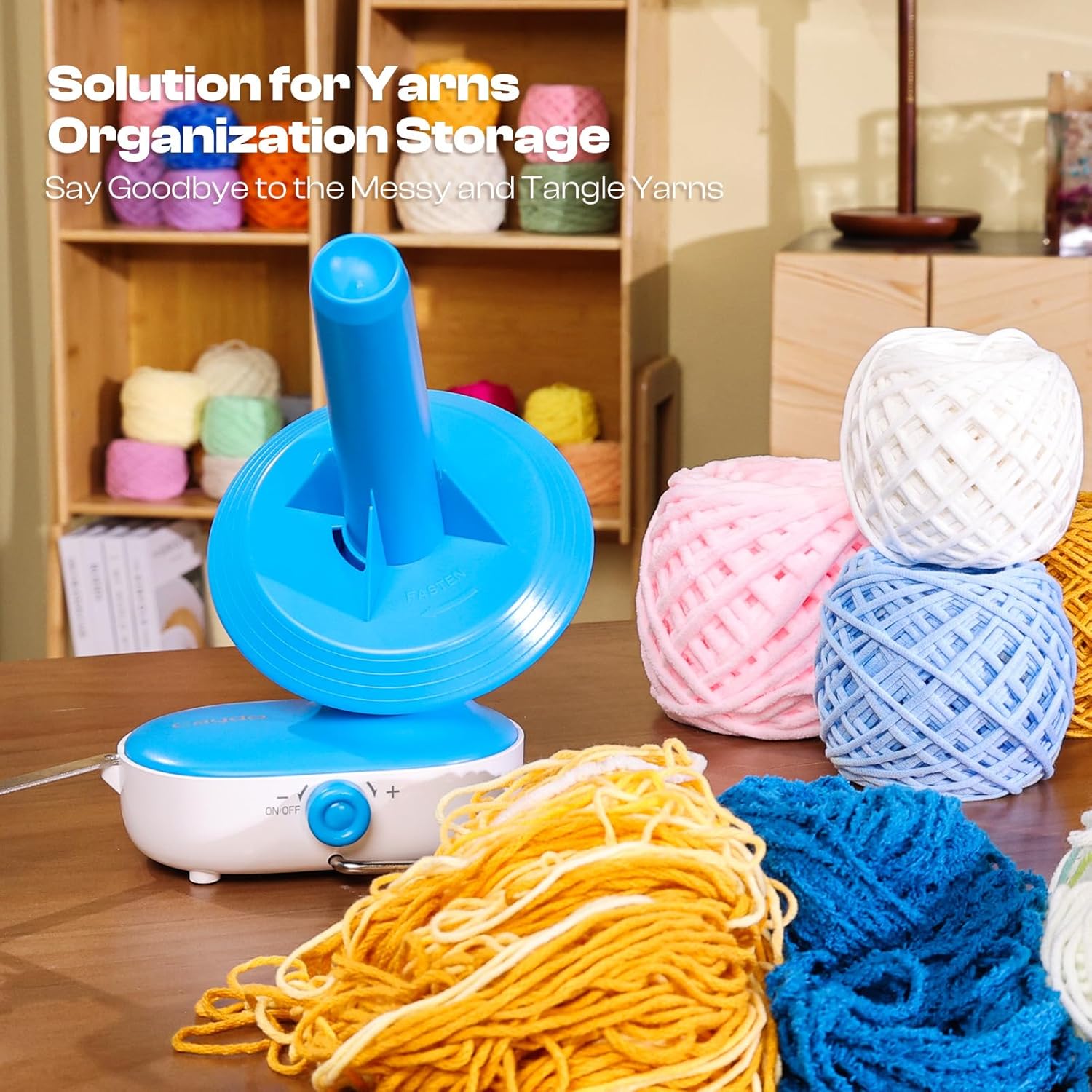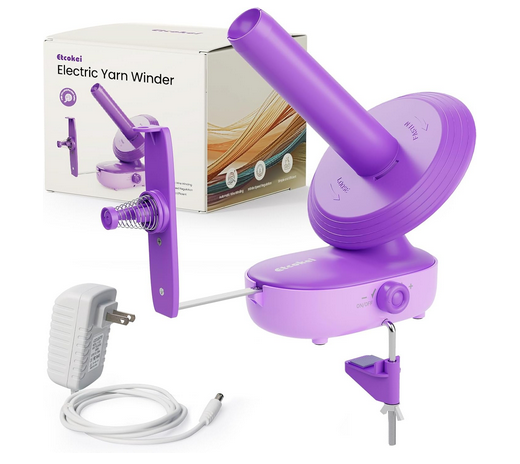If you knit or crochet, you know that yarn management (yeah, yarn management is a thing) is key to a successful outcome. When managed well, tools like the yarn bowls we'll discuss in this post can make yarn your best friend.
When you're knitting or crocheting for business, organization helps you reduce stress and manage inventory. Tools like yarn bowls can lay out a much easier, consistent path to amazing products and all kinds of creative projects that you can earn from.
When yarn is not managed well, it kinks, tangles, falls on the floor and rolls around, where it gathers lint and dust from the surface it lands on.
What starts out as a simple knitting project can quickly turn into a long drawn out disaster, a hot mess, something you want to throw in the trash.
How Does Yarn Affect Your Product Workflow?
This post is about yarn management tools and using them to create a smooth workflow that helps you become more productive and happy when creating your works of art.
If you're an experienced creator, you know the importance of yarn in creating pieces quickly and consistently. If you're just starting out, take my word for it... yarn that is free of kinks, tangles and lint from your floor will make projects easier to create.
Your goal is to use tools that makes product creation an enjoyable experience. And organizing your workflow can shave hours off your production time.
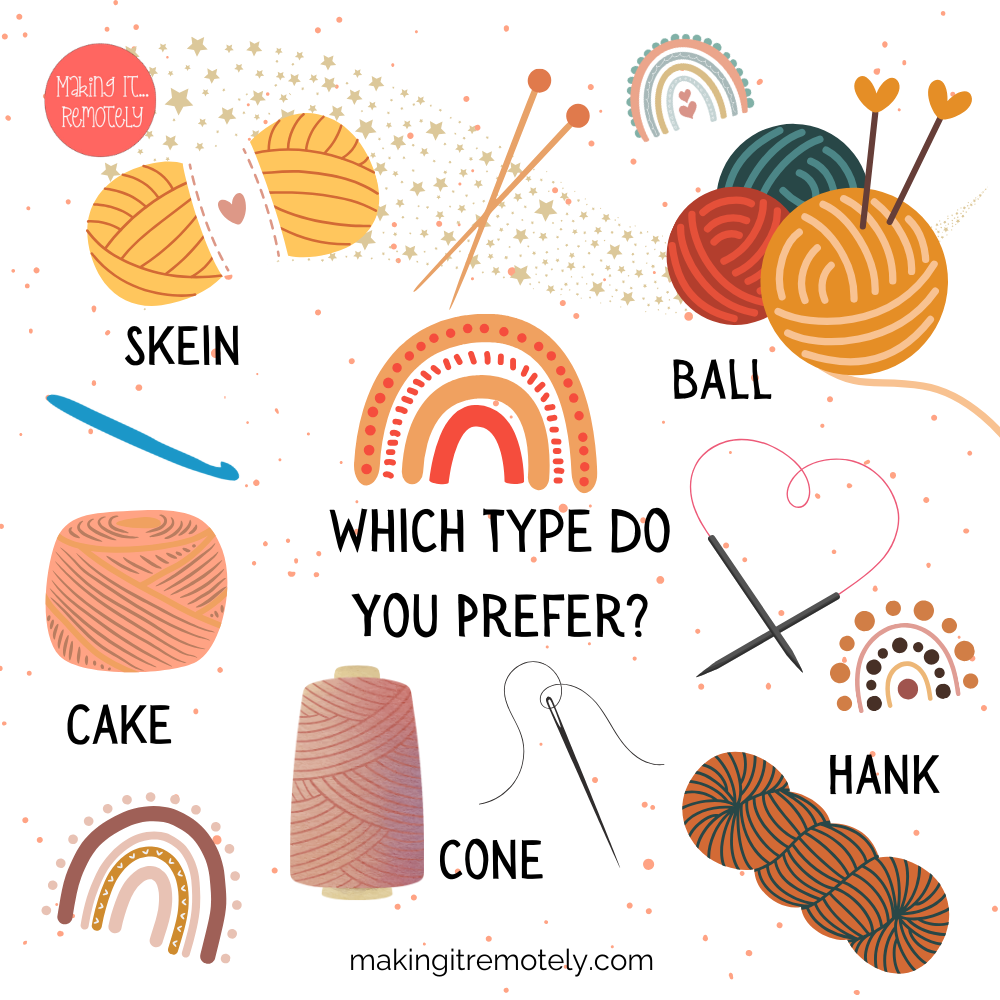
You may have seen items like yarn ball winders and yarn bowls and might you think of them as accessories or extras. Well believe me, in addition to being cute and decorative (the yarn bowls) they are real life savers if you're an avid knitter or crocheter!
Read on to learn how they work and why you’ll want to make sure you have one of each in your knitting or crochet kit!
Build a Loyal Following!
We'll show you how to build an audience with well designed, aesthetically pleasing elements, social media and simple drag and drop functionality.
Start with Our Social Media Planner!
Enter your contact information to get our FREE planner! Start generating more leads and sales.
Different Types of Yarn Packaging
When you shop for yarn, you'll notice that different brands have standard packaging. My experience has been that yarn comes in the form of a skein. Some call them pull skeins or center-pull skeins and some call them balls of yarn.
The different packaging types can be confusing, so I created the image above that shows the various ways yarn can be packaged.
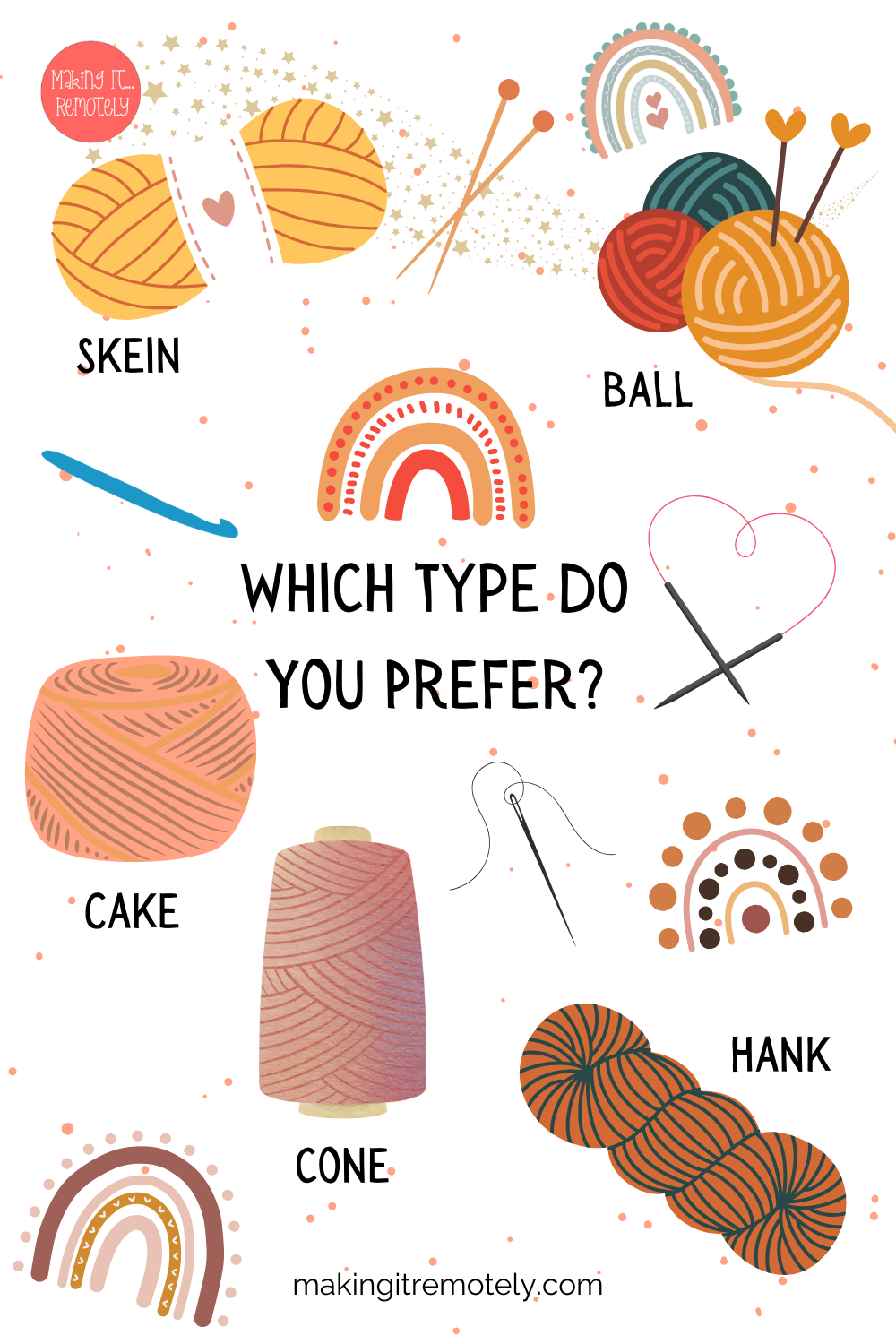
- Skein. You can knit or crochet from a skein directly off the store shelf—just slide off the label and pull from the outside or the center and you’re ready to go.
These skeins will collapse as you work, and as it does, you might want to stop, take a moment to rewinding their spilled guts into a hand-wound ball.
- Hank. There are also other packaging formats like the hank. A hank is a loop of yarn, fastened into a continuous circle with ties. Hanks are good for dyeing or painting yarn and they can be folded or twisted.
To turn a hank into a cake, you can use a tool called a swift (shown above) to keep it straight and tangle free, connecting it to a yarn winder (see those below) that will rewind it into a cake. As you can see, working with a hank requires a little more effort than working with a skein.
- Cake. A cake is a neat an orderly way to work with yarn. It's produced from winding hanked or skeined yarn onto a ball-winder. It’s a ball, of sorts that's flat on the bottom.
Yarn can be taken off the side or from the center, and the because of the flat bottom it doesn’t roll around as easily. You can knit or crochet directly from a cake, and you should.
- Ball. It's a true, round ball, often hand-wound or wound with a machine. If you hand-wind a ball from a hank or from some other format, you get a round, hard unit from which you can knit or crochet easily... and it does not collapse.
Of course when hand-winding a ball you don't want to stretch the yarn tightly into place. This can affect your tension and the final behavior of the yarn in your piece. Wind gently and wash your knitting after working from a ball to let the yarn bloom again.
- Cone. Coned yarns are often affordable, and they come in bulk packaging and they may require a little love before use. This yar does not look glamorous or soft on a cone, but don’t let that stop you from purchasing it for your projects. Just be aware that you may not be able to use it right off the shelves.
When yarn is wound onto a cone, it undergoes a lot of pressure, stretching the yarn in place. Before knitting, consider winding it off into hanks, washing it, hanging the hanks to dry, then winding it into a ball and knitting from it.
Coned yarns can also have a wax coating on them from the milling process, another reason to wash it. With cones, you can buy a couple thousand yards of incredible yarn for pennies on the dollar because the frills were left off. But that's a real benefit to you, if you do a lot of knitting and crocheting.
As you can see packaging makes a difference, and each type has it's pros and cons. Depending on the time and resources you have available, it's important to pick the packaging type that works best for your workflow and budget.
Enter the Yarn Bowl
Now that you know the different types of packaging and how it can affect your workflow, we're going to talk about tools you can use to make your knitting and crochet projects flow seamlessly and frustration free.
First on the list is the yarn bowl. Learn about the pros and cons of these little gems and decide if they are right for you.
A yarn bowl is a small bowl with an opening on one side and often some additional holes. I had been knitting and crocheting for years (years okay?) and I had never seen a yarn bowl until recently.
What I learned was that there is an actual method to handling skeins of yarn. Handle your skeins in the wrong way and you can end up frustrated with a tangled up mess that makes you want to forget the project altogether.
Needless to say, once I learned about these little gems, I was amazed at the concept and was forever grateful to the person who came up with the idea.
If you're a person who buys and handles a lot of yarn, figuring out a way to manage yarn is a must. This is one of tools I use to eliminate frustration, frequent pauses and breaks in the creative process. The time saved and the boost in quality that happened when I started paying attention and managing my yarn was totally worth it.
Why Use a Yarn Bowl?
Yarn bowls are a must have if you want to have a smooth flowing process that helps you focus on your yarn project. Your yarn has the potential to do a lot of things before you get done with your project, like rolling off the table, falling on the floor, rolling around in dust and carpet fibers and getting tangled into a mess that you'll need an hour to figure out. When these activities occur, it means you have to take time away from your project to chase the ball of yarn, and get things back on track. Not to mention the tangles and snags that can happen when your yarn is uncooperative.
A yarn bowl is a way to keep your yarn clean and tangle-free. However, that’s not the only reason that a yarn bowl is a must have item to own.
As the yarn is fed evenly through the side of the bowl, it smoothly unravels because the inside of the bowl is smooth. This means that your tension is much more likely to stay consistent and improves your technique and finished projects.
What Are Yarn Bowls and Why Do You Need Them?
makingitremotely.com
The Parts of a Yarn Bowl
The additional holes in a yarn bowl are so you can crochet with multiple skeins of yarn. This means that your skeins of yarn will remain tangle free as you crochet or knit up your project.
Most bowls are also decorative so you can also keep your yarn on display to give your workroom a true reflection of what you do.
The yarn bowls we feature are handmade and have a curled slot that captures the yarn as you knit, allowing yarn to be steadily fed through the swirl while preventing tangles. The bowls also has two holes which are perfect for storing your knitting needles or for working with two different colors of yarn.
Next We Have the Yarn Winder
Second on the list is a yarn winder. One of the drawbacks to using a yarn bowl is that it doesn't easily accommodate a typical skein (review the image above) or cone of yarn. Based on the shape and size of yarn bowls, they naturally work better with a ball or cake of yarn.
If you're someone who uses skeins of yarn versus balls or cakes, a workaround would be to buy your yarn in these packaging formats, or take time to rewind your yarn into a ball or cake.
This can be done by hand or you can use a yarn ball winder. Here is a video that shows how a yarn winder is used and a few affordable yarn winders that I found on Amazon that might fit the bill. I picked two highly rated hand winders and the electric winder in the video is also highly rated and listed below.
How Yarn Winders Work
Highly Rated Yarn Winders on Amazon
If a ball winder or yarn bowl is not in the cards right now, you can always just work with the skein. When working with a skein be sure to you pull the yarn from the right location (center or outside) on the skein. And pay attention as you near the end of the skein to maybe hand wind the yarn into a ball to avoid tangling.
Also be aware when you're starting with a new skein of yarn, that if you're not able to locate the right thread and you pull the wrong one, you may end up with a tangle that could get out of hand. So knitting or crocheting direct from the skein might be a better solution.
Having the right tools on hand can make any job easier. And these tools are my must haves for yarn management and staying productive. The end goal is to be as productive as possible, while taking time to enjoy the process.
Subscribe to Our YouTube Channel
We're helping creative business owners go from stuck and confused to empowered and thriving one video at a time.
